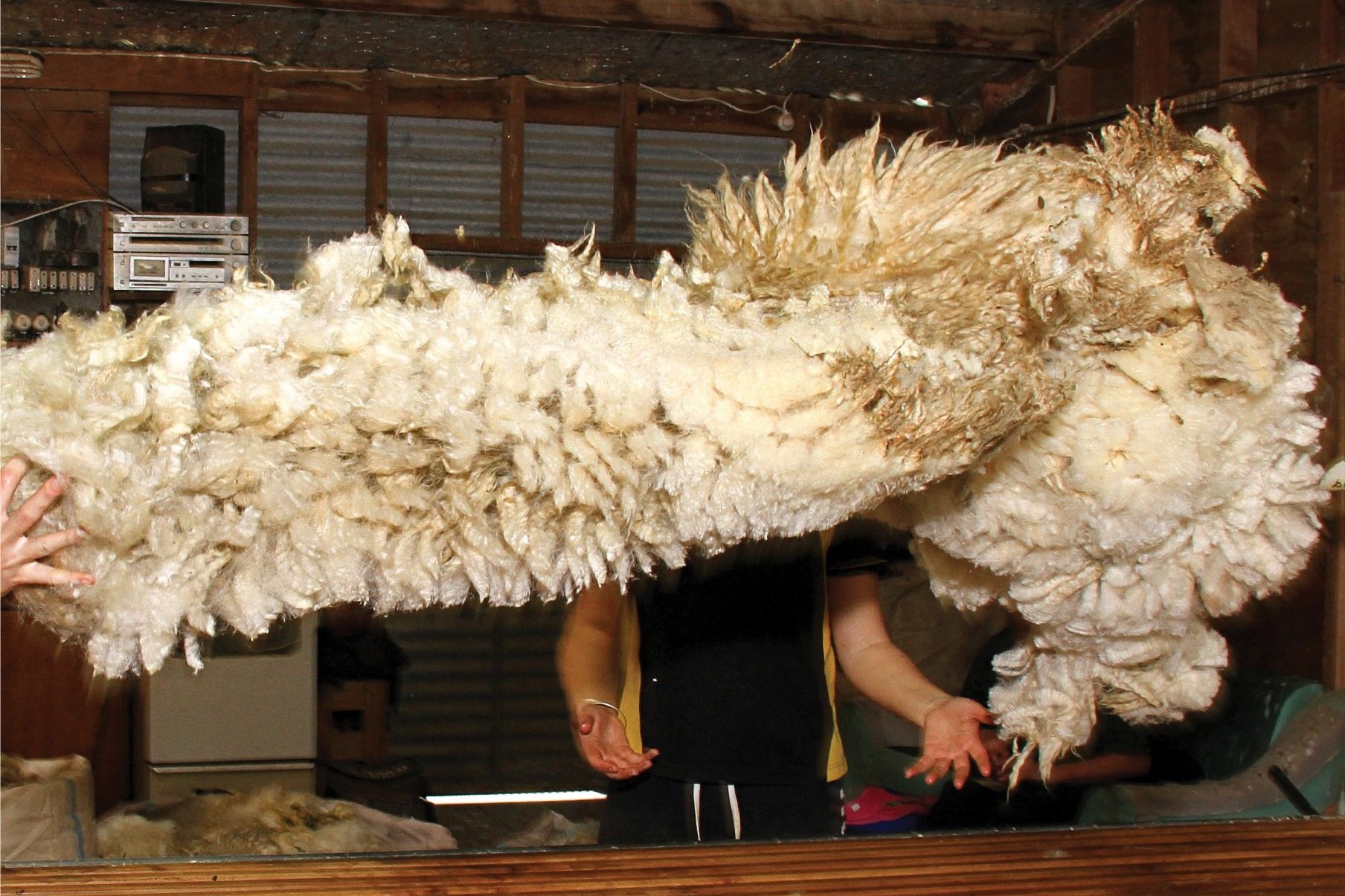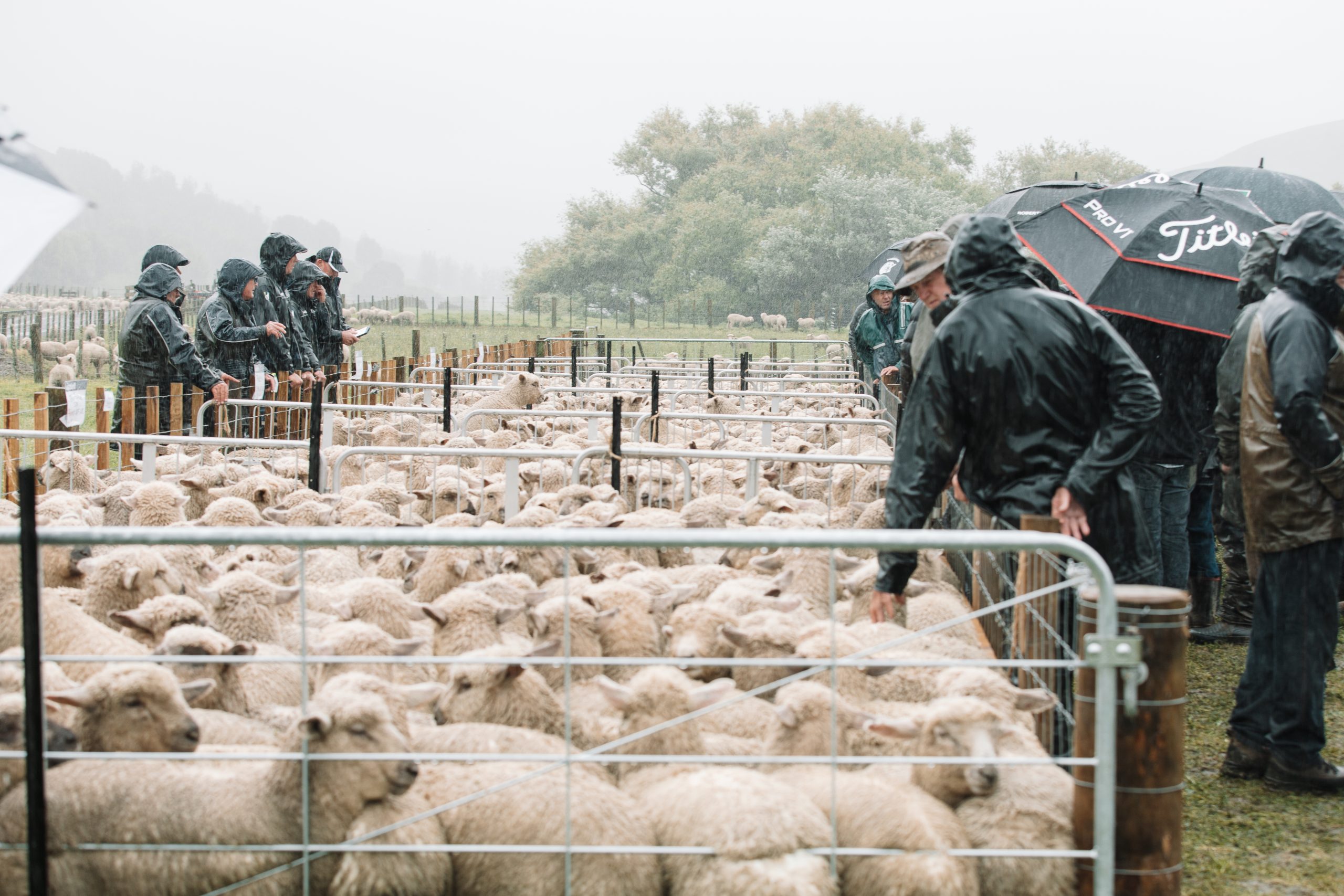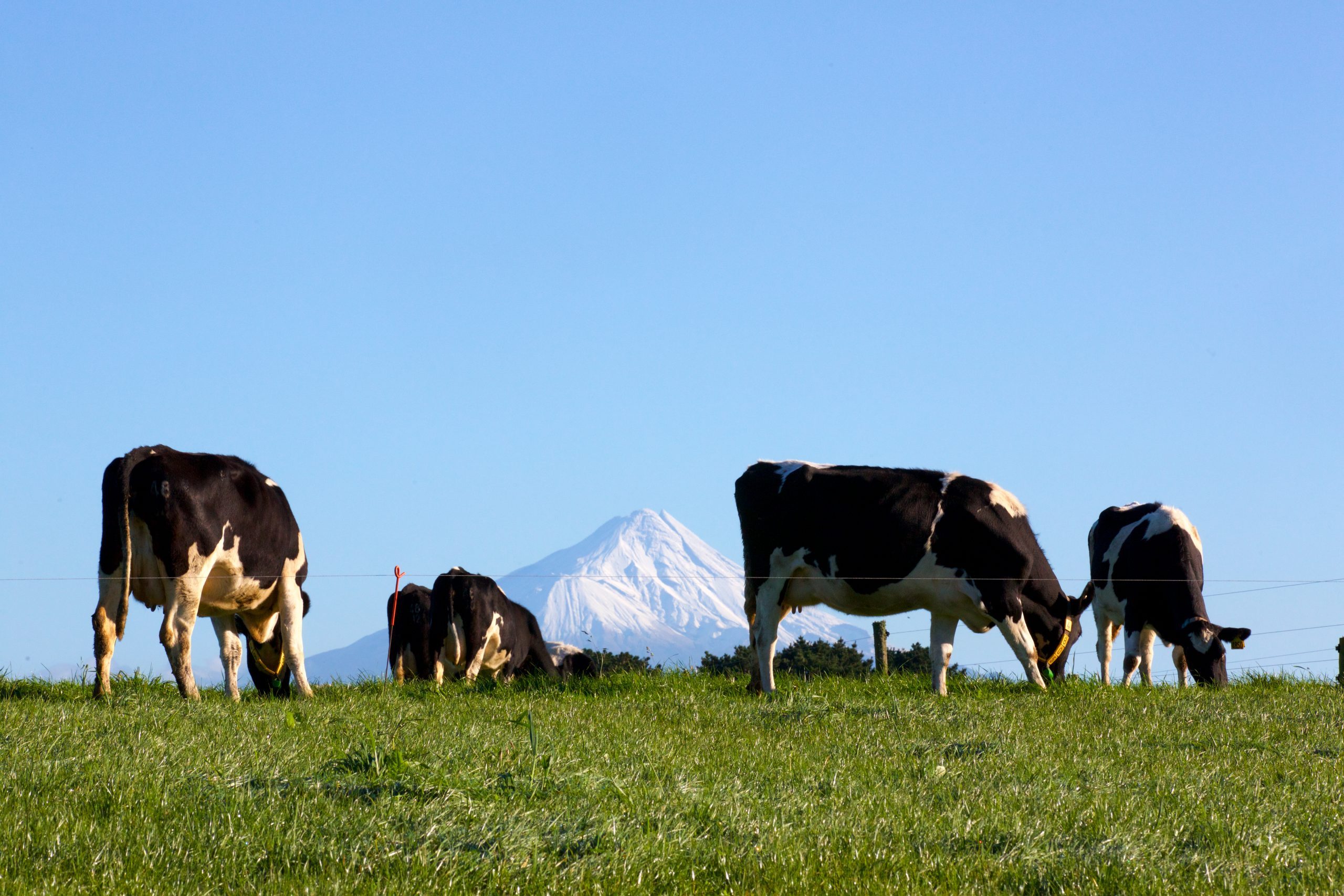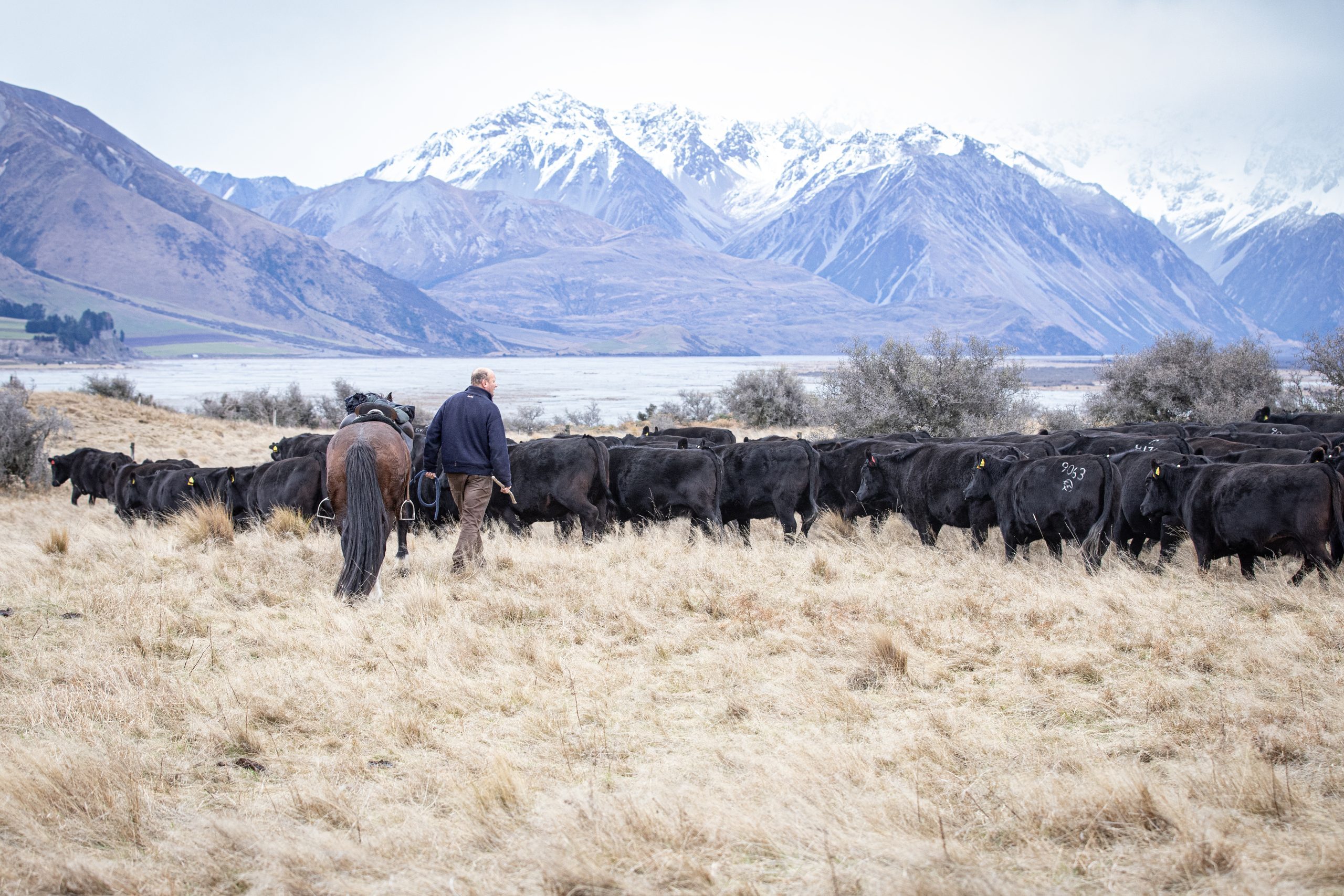Care with changes
Will wool make a comeback or not? That’s the question many farmers may be asking after seeing a brief rally in the price only for it to drop again.

WILL WOOL MAKE A COMEBACK or not? That’s the question many farmers may be asking after seeing a brief rally in the price only for it to drop again.
A lot of the blame is being put on Covid-19 for choking demand and supply. The thinking seems to be that once Covid is overcome then buying and manufacturing will resume. That will happen when most of the world is vaccinated and variants of the virus are controlled.
Yet again initiatives and products have been launched to turn the ship around, but for some farmers the boat has sailed and they have turned to alternatives.
Options include treating wool as an animal health cost and at $9/kg, focus on meat. Produce more meat, lower the costs and improve the margins. It may be more lambs killed from the weaning draft, heavier lambs earlier.
Going finer or woolless may bring other problems such as lower fertility or lamb growth and animal health problems (see p135).
Or a farmer could do nothing and carry on as usual.
A woolless breed like Wiltshires seems best for hills or extensive operations where it is an easy-care sheep. For intensive areas, higher-performing breeds justify the extra work and cost.
A friend’s Wiltshires behave like goats, flighty and hard to handle. They are hands-off sheep until they need to be handled.
However, unlike goats they are more resilient to worms and are undrenched except for the odd light one.
I was also reminded that Wiltshires are a maternal, not terminal breed.
Whatever the option, one issue which affects many farmers is drench resistance. Low faecal egg count sheep are available and maybe they will be the saviour, like facial eczema-resistant sheep. There are other ways to lower the worm burden and resistance such as upping the beef herd to hoover up the worms. That takes more management and a change in the system. Perhaps growing pastures other than ryegrass and clover rather than feed crops.
Whatever the policy, the farming operation needs to make a lot of money to withstand the threats like carbon forestry and the avalanche of Government legislation.
The successful farmers and agribusinesses I’ve observed tend to make incremental changes and gains over decades. They haven’t gone for wholesale changes.
I recall a bank farmer programme where farmer participants had to play a game of quoits. One point was earned for throwing a ring over the closest peg. The further away the pegs the more points. Those who went for the close one-pointers beat those going for the big hits.
Successful farmers have tended to stick to the true and tried principles. They based their decisions on science.
Don’t forsake the scientifically proven for fads like regenerative ag (RA). RA is an insult to scientists living and past, upon whose great science New Zealand farming’s success is based.
Proven science has been ignored by the regenerative ag promoters.
Regenerative ag farming is degenerative farming. The ones who can afford to practice it are those with little debt, are farming normally but call themselves regenerative or have off-farm income.
It is certainly not for the farmer servicing a high debt. A farmer would be better to use reflective farming (p18).
Anyway, there’s a lot of good oil in this issue, enjoy the read.
- Terry Brosnahan, editor, Country-Wide




